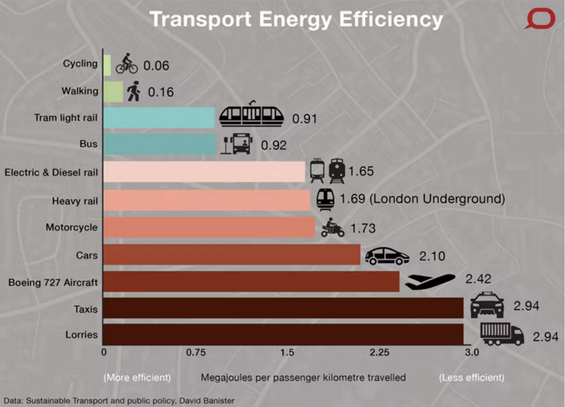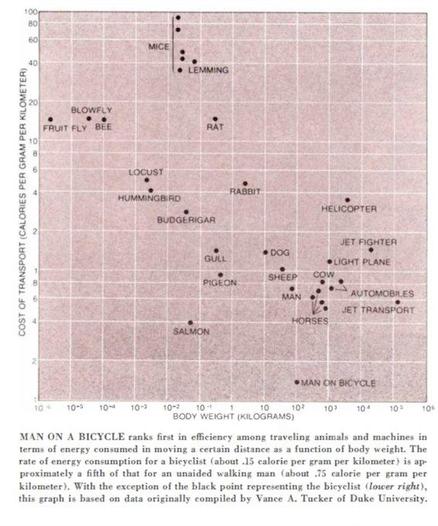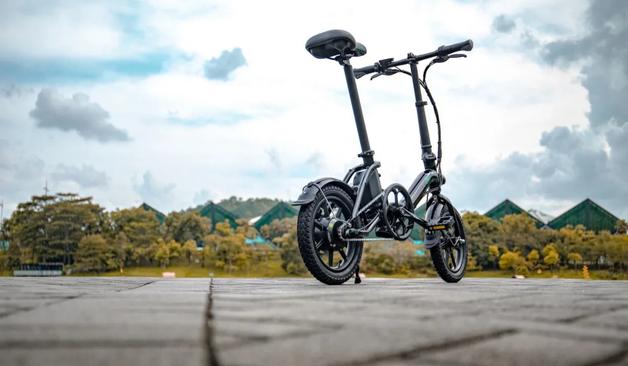—Ivan Illich, 1974.
—Ivan Illich, 1974.
The chart backs up other studies that show humans walking or running are as inefficient as automobiles at turning calories into work. If batteries and motors improve on that then replacing all the humans with robots should offer the huge energy savings the future needs.
Why are personal cars more efficient than taxis?
I would think taking people to a spot, picking someone up close by, and so on would save on fuel.
Thanks. Yeah, that seems to make a lot of sense.
Hmm I'm not convinced. Their engine is always warm, the drivers have incentive and expertise to drive economically. Also I don't understand why trains score so bad. Transporting hundreds of people in one go using electricity on low friction rail, that's really efficient in my book
@Madagascar_Sky @straphanger
Thank you. Yeah, that would do it.
A taxi is likely to travel fewer km total due to fewer round trips, but probably spends more fuel per km on average because taxis spend a lot of time looking for passengers or idling while waiting for somebody.
Yeah, that is a lot more logical. Along with the explanation others gave about them doing a lot of short trips whereas personal cars just go to the destination and stop.
Thanks!
Well the taxi is hauling around a driver. Taxis also spend a lot of time travelling about with no passangers. The car is with the owner at home, travels to its destination without the additional weight of a taxi driver, then stays there not moving when passangerless. At times when the owner as ferrying around other people it becomes about as inefficient as a taxi. 99% of the time I drive my car I'm staying at the destination with it.
@Quinn9282 @straphanger For your last question, I suspect by “Electric & Diesel” what they mean is a diesel generator powering electric motors on the wheels. That’s how almost all locomotives for long-haul train routes (think Amtrak) have worked for decades.
I’m not sure how that differs from “heavy rail”, though. The example for heavy rail is a subway, but subways get utility power like light rail, so they don’t have to spend much mass on batteries. Seems unlikely a subway would be less efficient than a train which has to haul its own fuel.
@straphanger as a mad-keen cyclist I don't wanna argue. But water-borne transport is missing (planes there so not all land). Canal boat shifting tonnes powered by a horse. The old tea-clippers are still close to record holders for lots of searoutes (only beaten by speedboats).
But the point stands. Bikes are cheap, simple, available (hopefully) to all, and eco-friendly. Doesn't get better than that.
@straphanger I wonder where an albatross or shearwater would fit on that graph. They travel extraordinary distances expending little energy.
I guess wind power is cheating though. A land yacht would also be more energy efficient than a bicycle, as long as the wind was blowing in the direction you wanted to go.





